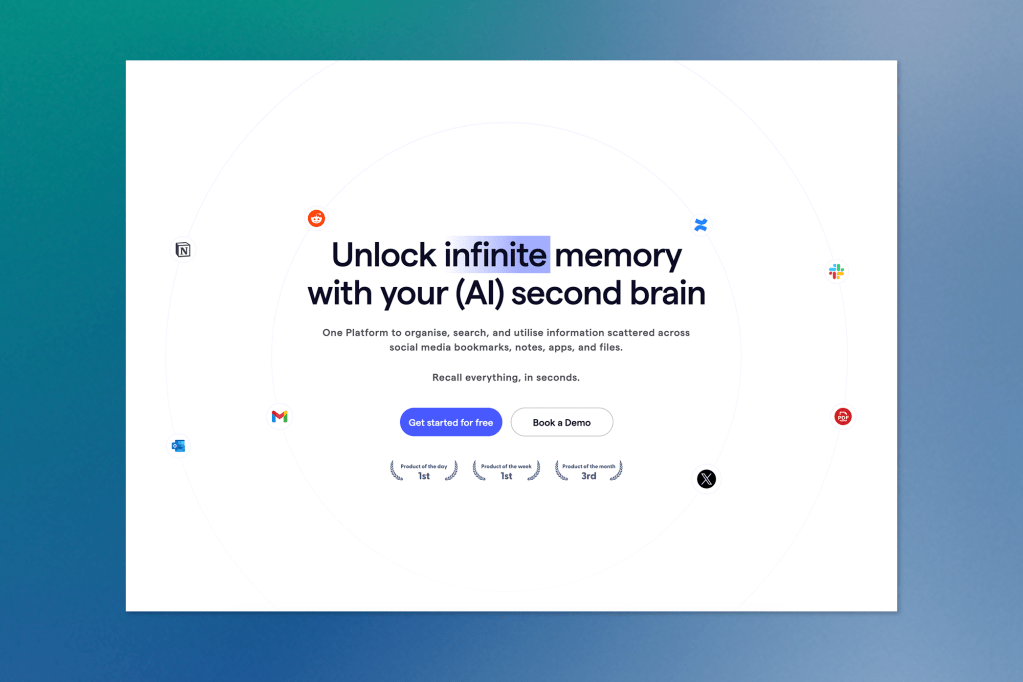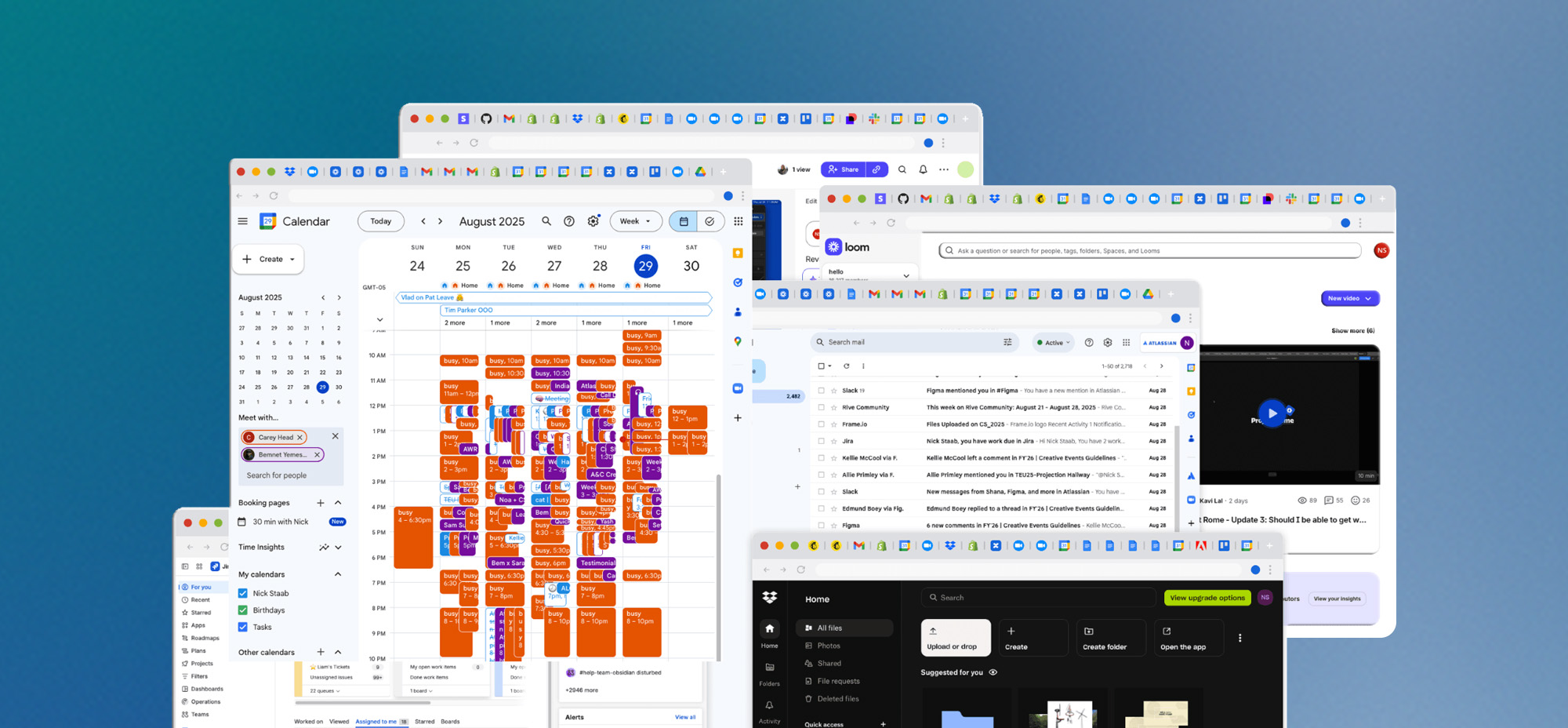This week, we see AI evolve through the insights of the State of AI Report 2024, Anthropic’s Claude 3.5 Sonnet tackling desktop processes, and Stability AI focusing on diversity with new diffusion models. xAI’s API launch heats the competition, offering developers fresh opportunities to integrate LLMs. Plus, explore how Findr is changing the game for knowledge management with our Tool Highlight of the Week.
State of AI Report 2024: Consolidation, Infrastructure, and Market Power
The State of AI Report 2024 is out, delivering a comprehensive analysis of the most significant trends shaping the AI landscape. Authored by Nathan Benaich and produced by Air Street Capital, the report highlights how AI technologies are maturing and outlines the challenges ahead.

Shifting from Breakthroughs to Consolidation
If 2023 was the year of breakthroughs for foundation models, 2024 marks a shift toward consolidation. The focus has moved from developing new models to creating scalable products. Generative AI tools such as OpenAI’s GPT-4, ElevenLabs, and Synthesia have transitioned from novelties to mainstream solutions for Fortune 500 companies.
Key Takeaways From the Report
– Convergence in Model Performance
The once-wide gap between frontier models like GPT-4 and competitors is rapidly closing. OpenAI’s o1 model has reclaimed the top spot in performance, but the report questions how long that lead will last as companies increasingly refine their proprietary models.
– Expanding AI Research Frontiers
AI research is evolving, combining reinforcement learning, evolutionary algorithms, and self-improvement strategies to unlock agentic applications. Additionally, foundation models are venturing beyond language tasks, supporting multimodal research across fields such as mathematics, biology, and neuroscience.
– Infrastructure and Physical Constraints
The rapid scaling of AI demands significant infrastructure, straining power grids, water resources, and land. Nuclear power plants are being reactivated to meet the growing energy demand from AI infrastructure. Due to the capital-intensive nature of AI infrastructure, companies are turning to overseas investments, raising geopolitical concerns.
– The Rise of NVIDIA and AI’s Market Power
NVIDIA has cemented its status as one of the world’s most influential companies, reaching a $3 trillion market valuation. While its dominance remains unchallenged, rivals have increased investments in software. The report also notes that the AI enterprise market has reached $9 trillion, even amid wider economic stagnation and high interest rates.
– Global Governance Gridlock
International summits and new regulations, including the EU AI Act, have yet to resolve deep disagreements about governance. The U.S. and Europe remain at odds, while California’s AI legislation has triggered heated debates within the tech community.
– The Pseudo-Acquisition Trend
With some AI companies struggling to sustain long-term business models, pseudo-acquisitions—where companies exit without formal mergers—are becoming a common strategy.
Anthropic’s New AI Model Takes Over the Desktop
Anthropic is raising the bar by releasing its updated Claude 3.5 Sonnet model, which is capable of navigating desktop software through its innovative “Computer Use” API. With this new feature, developers can instruct the model to replicate keystrokes, clicks, and gestures, mimicking human behaviour on a computer screen. The AI can now automate desktop processes by analyzing screenshots and executing tasks based on user prompts, offering new ways to streamline workflows.

The Vision Behind Claude 3.5 Sonnet
Anthropic aims to position its AI as an advanced virtual assistant capable of automating research, email management, and administrative tasks. The model offers improvements in coding and troubleshooting, even self-correcting when encountering challenges. Developers can access it through Anthropic’s API, Amazon Bedrock, or Google Cloud’s Vertex AI platform.
Balancing Innovation with Risk
While powerful, models like Claude 3.5 Sonnet raise safety concerns. Anthropic acknowledges the risks associated with giving AI access to computer software, particularly in light of studies showing how AI can perform harmful tasks when manipulated. To mitigate these risks, Anthropic has implemented classifiers to prevent misuse, limited the model’s access during training, and developed protocols for secure interactions.
As a precaution, the company retains screenshots from the Computer Use API for 30 days, although the specifics around sharing these with third parties remain unclear.
On the Horizon: Claude 3.5 Haiku
In addition to the Sonnet model, Anthropic is preparing to launch Claude 3.5 Haiku, a budget-friendly, high-performance model. Haiku will match previous top-tier models on benchmarks while maintaining efficiency and affordability. Initially text-only, it will soon offer multimodal capabilities, broadening its potential use cases.
Stability AI Introduces New Models with an Emphasis on Diversity
Stability AI has unveiled the Stable Diffusion 3.5 series, its latest iteration of image generation models. This release follows some controversies regarding licensing policies and model artifacts, aiming to improve both image quality and diversity.

A Model for Every Use Case
– Stable Diffusion 3.5 Large: The flagship model has 8 billion parameters and can generate up to 1-megapixel resolution images.
– Stable Diffusion 3.5 Large Turbo: A faster, streamlined version of the Large model, trading off some image quality for speed.
– Stable Diffusion 3.5 Medium: Optimized for edge devices like smartphones and laptops, supporting resolutions from 0.25 to 2 megapixels.
While the Large and Large Turbo models are available today, the Medium version will be released on October 29.
A Step Toward Inclusive Image Generation
Stability claims the new models produce more diverse outputs, such as images featuring various skin tones and features, without requiring detailed prompting. This is achieved through a refined training process that prioritizes multiple prompt versions for each image, increasing the range of concepts captured. This effort follows missteps by other companies, like Google’s problematic approach with its Gemini chatbot, which led to public criticism.
Although the models are expected to perform better than previous iterations, Stability warns that some familiar issues, such as inconsistent results with vague prompts, may persist. However, the company highlights the intentional variability in generated images to support a broader knowledge base across artistic styles, including 3D art.
Licensing and Accessibility
The licensing terms for Stable Diffusion 3.5 remain similar to previous versions. Models are free for non-commercial use and businesses with annual revenues below $1 million. Larger enterprises, however, must acquire an enterprise license. Stability has also reinforced that users retain ownership of the images they generate, provided they follow the community license terms and display “Powered by Stability AI” where applicable.
What’s Next?
The Stable Diffusion 3.5 models can be self-hosted or accessed via Stability’s API, with additional integration through platforms like Hugging Face and Fireworks. Stability plans to release ControlNets to fine-tune the models in the coming days, expanding customization possibilities for developers.
xAI Launches API for Its Generative AI Model, Grok
Elon Musk-backed xAI has launched its API, giving developers access to its Grok models for building AI-powered applications and agents. With this public beta release, xAI aims to position itself as a competitive alternative to established services like OpenAI and Anthropic. Musk announced the API on X (formerly Twitter), inviting developers to explore and integrate the service.
Key Features of the xAI API
Access to Grok Models
The xAI API debuts with a single model called “grok-beta,” priced at $5 per million input tokens (equivalent to around 750,000 words) and $15 per million output tokens. While it’s unclear if “grok-beta” is a variant of Grok 2, xAI’s latest model, the API documentation also mentions Grok mini, a lightweight, cost-effective version expected to follow soon.
xAI Console
The Console serves as the central hub, where developers can:
– Create API keys
– Manage billing and invite team members
– Compare models and track usage with the Usage Explorer
– Access full API documentation
Competitive Positioning
The API provides Grok models that can compete directly with GPT-4o and Claude Opus as xAI looks to differentiate itself through reliability and cost-effectiveness. Grok models target developers looking for LLMs that excel at general-purpose tasks and integrate seamlessly with existing tools through JavaScript, Python SDKs, REST, and gRPC APIs.
This launch builds on xAI’s ambition to rival OpenAI, a goal that began with the introduction of Grok-1 in 2023. Although Grok-1 outperformed GPT-3.5, it fell short of GPT-4’s capabilities. With Grok-2 on the horizon, xAI aims to close that gap.
Pricing Comparison
Grok-beta vs. GPT-4o:
– Input tokens: $5 for 131,072 tokens vs. GPT-4o’s $2.50 for 1 million tokens
– Output tokens: $15 for 131,072 tokens vs. GPT-4o’s $10 for 1 million tokens
Tool Highlight of the Week: Findr
Meet Findr, the AI-powered search assistant designed to simplify your workday by consolidating information across all your workplace tools. No more digging through emails, files, and chats—Findr brings everything together, enabling fast, accurate decisions powered by your organization’s collective knowledge.

Key Features
Unified Search Across Apps: Quickly access information from tools like Gmail, Slack, Jira, Google Drive, and more—all in one place.
AI-Powered Instant Answers: Findr’s AI assistant responds to work-related questions, generates new documents, and provides insights with references drawn from your entire digital workspace.
Streamlined Knowledge Management: Features like collections and multi-account integrations transform fragmented data into a unified ecosystem, helping your team work smarter.
Tangible Results
– 50% Time Saved on searches
– 10x Faster Decision-Making
– 90% of Queries Resolved without escalation
Get Started with Findr in 3 Easy Steps
1. Sign Up – Create your account for free.
2. Connect Your Apps – Sync your workplace tools.
3. Start Searching – Get instant answers and insights.
Keep ahead of the curve – join our community today!
Follow us for the latest discoveries, innovations, and discussions that shape the world of artificial intelligence.


